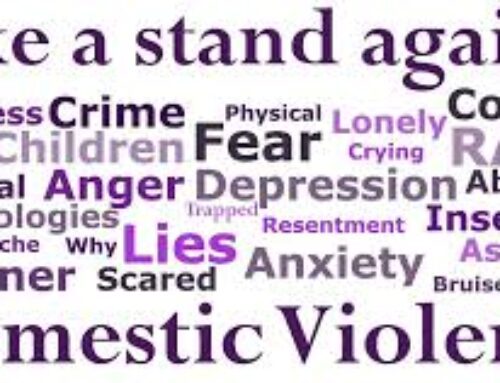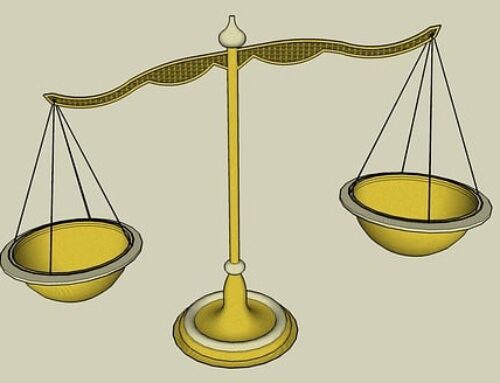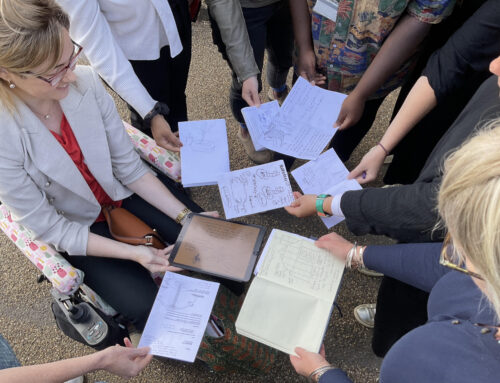By Nuno Ferreira and Maria Moscati, University of Sussex
The UK stands out in Europe for having school uniforms across the state school system. This has been a source of conflict in many instances, from cases involving cornrows as hairstyle to boys wearing skirts in Cambridgeshire and Sussex for being prohibited from wearing shorts in warm weather. Most cases reaching the news and the courts, however, relate to religious beliefs. The last decade brought us many such cases: Lydia Playfoot wished to wear a chastity ring due to her Christian beliefs, Sarika Watkins-Singh wished to wear a bangle at school on grounds of her religious (and ethnic) Sikh identity, and X wished to wear a niqab on the basis of her Muslim religion. Perhaps most famously, Shabina Begum failed to convince the House of Lords that she should be allowed to wear the jilbab to school. It has now been ten years that the House of Lords decided in Begum that schools are free to prevent certain types of religious dress for the sake of a sense of community and cohesion.
Shabina Begum in the spotlight
Shabina was only 13 when she decided that, to comply with her religious beliefs, she should wear a jilbab, which consists of a long coat-like garment. Her autonomy was questioned and her self-determination was denied. A key argument from the School to deny Shabina the right to wear the jilbab was that other girls could also feel under pressure to do the same. However, the School did not consider it appropriate to survey the students directly about their feelings. Begum herself, in an interview we conducted with her in February 2016, stated that:
I find this really absurd, patronising, when someone says ‘maybe other girls can feel pressured to doing that’. When we have a problem in society; when girls have been pressured to do things that they don’t want to do, the solution isn’t (…) stopping other people from practicing their religion, because these things do happen, girls may feel pressured even to wear the headscarf. And to tackle that you have groups, you have mediation, you talk to them, you give children, girls, men, women, everyone the confidence to do what they want in society, freedom to do what they want. (…) You can’t infringe somebody’s rights just because somebody else feels threatened. If you live in a society where someone might feel threatened from somebody else, then we all should look the same (…). But we don’t live in a society where everyone is the same. No, we are very different, we are a multicultural society.
By the time the House of Lords issued its judgment, Shabina had resumed her studies, but she nevertheless lost two years of school. Since then, she has married, become a mother of two children, and started her own business as a designer of ‘contemporary modest clothing’, namely abayas (robe-like dresses that cover the whole body except the face, feet and hands). Her self-image as an intelligent and autonomous woman has thus been vindicated. And yet, this House of Lords decision has had a lasting impact on policy-making and subsequent cases before the Courts ever since.
Policy on school uniforms
The current Department of Education guidance on school uniforms still maintains that schools’ governing bodies are free (and indeed obliged) to decide if the school should adopt a uniform and, if so, what that uniform should be. This decision is situated in the context of governing bodies’ duties to promote good behaviour and discipline. The Guidance also encourages schools, however, to take into account parents’ and pupils’ views and to take seriously requests to vary from uniform policies, in particular to meet the ‘needs of any individual pupil to accommodate their religion or belief, ethnicity, disability or other special considerations’. Succinctly, but effectively, the Guidance informs that ‘[p]upils have the right to manifest a religion or belief, but not necessarily at all times, places or in a particular manner’. When facing any requests to accommodate the expression of religious beliefs through a variance to the school uniform, schools are advised to strike a balance between the rights of the individual student in question and the need to promote ‘cohesion and good order’ or ‘genuine health and safety or security considerations’. Interestingly, the Guidance points out that it should be possible to accommodate most religious requirements through existing uniform policies and that governing bodies should act ‘reasonably’ and use ‘consultation and dialogue’ to accommodate religious requirements. Similarly pertinent is the Guidance’s observation that requesting a pupil to return home to adhere to the school uniform is ‘not an exclusion but an authorised absence’, to prevent pupils’ claims that they have been excluded.
Such detailed guidance, with particular relevance in the context of the expression of religious beliefs, is almost certainly the consequence of litigation, including the Begum case. The main outcome is that the school is entitled to reach its own reasoned uniform policy. Yet, it has remained contentious whether schools should be allowed to restrict pupils’ religious freedom through their uniform policies. How school uniforms are regulated is crucial for individual freedoms, education policy and social relationships. It is a reflection of a society’s genuine willingness to accommodate and respect difference and facilitate a multicultural environment.
Why school uniforms?
The very existence of school uniform policies needs to be questioned from a children’s rights perspective. Uniform policies may well be lawful from a positive legal perspective. Yet, it is important to reflect on whether they are maintainable in the contemporary British society, with all its ethnic, religious and ideological diversity. It is also important to reflect on how children perceive school uniforms.
In this respect, Cherie Booth QC – who acted as counsel for Shabina Begum and spoke to us in November 2015 – asks a very pertinent question:
we’re fighting over is… 12 inches of skirt… why is that so shocking, why can’t we – even if [the members of the House of Lords] conceive that religion sensibility can be accommodated within the school – then why are we having this battle?
Challenges to school uniforms come from all sorts of directions. If some of these challenges are victorious – like the cornrows hairstyle and the Sarika Watkins-Singh cases mentioned above – why not others? Where should one draw the line? The existing decisions – in favour of Sikhs and Caribbean descendants, but not Muslims and Christians – suggest that ethnic heritage is much better protected than religious or other beliefs. Is this warranted?
Lord Scott of Foscote, in the decision in Begum, made a pertinent statement in this regard: ‘There is not much point in having a school uniform policy if individual pupils can decide for themselves what they will wear’. That may well be true, but if some can decide to honour their ethnic background, why cannot others also gain the same degree of respect for their religious beliefs? This seems to be the classical case of a slippery slope: once some exceptions to the rule (a uniform policy) are accepted, other exceptions may follow until the rule is no longer tenable. To hold on to the uniform policy in these circumstances is to risk enforcing discriminatory rules, with very limited benefits.
What the future should hold
Baroness Hale of Richmond in Begum defended school uniforms by stating that a ‘uniform dress code can play its role in smoothing over ethnic, religious and social divisions’. Despite questioning the actual decision in Begum, Cherie Booth QC supports school uniforms as well: ‘I have always been in favour of school uniforms, because I think it does give a level playing field in schools’. That may to a certain extent be true, but the use of uniform policies in pursuing that aim may well be close to irrelevant in an educational system with a significant number of single-sex, religious and private schools that segment society along gender, religious, ethnic and socio-economic lines. No uniform policy will smooth those differences – nothing short of a radical reform of the British educational system would be required to reduce ethnic, religious and social divisions.
The courts are perhaps not the best arena for such high expectations. The language of rights and human rights law – in particular children’s rights – may achieve great deeds, but – as Pieterse reminds us – one must recognise that ‘the transformative potential of rights is significantly thwarted by the fact that they are typically formulated, interpreted, and enforced by institutions that are embedded in the political, social, and economic status quo’. Much public debate, a bold Parliament and a determined executive are needed to carry this sort of reforms.






We are in the postal uniform business, so while we don’t deal in school uniforms many of our friends do. We side with Nuno and Maria here. Your perspective is very interesting.
Thank you author for your post. Keep it up.